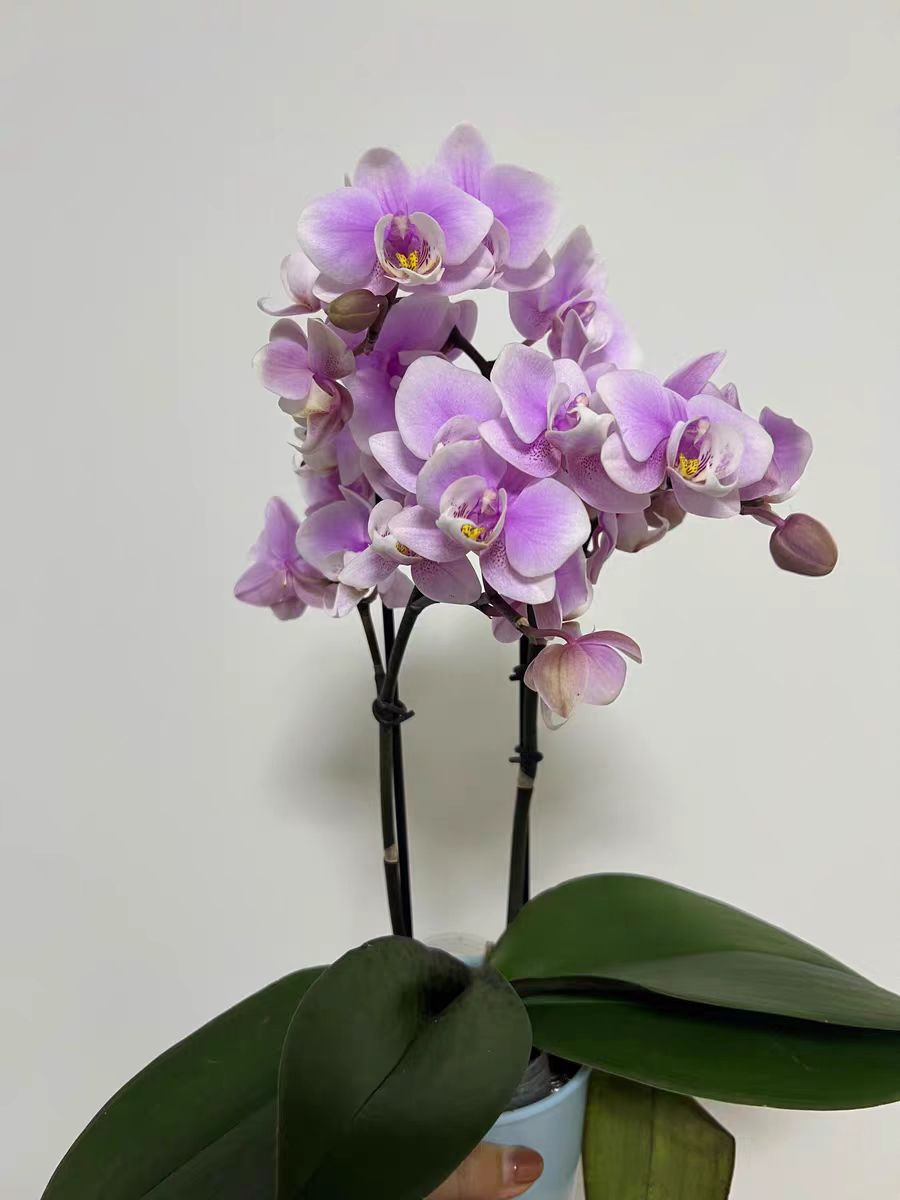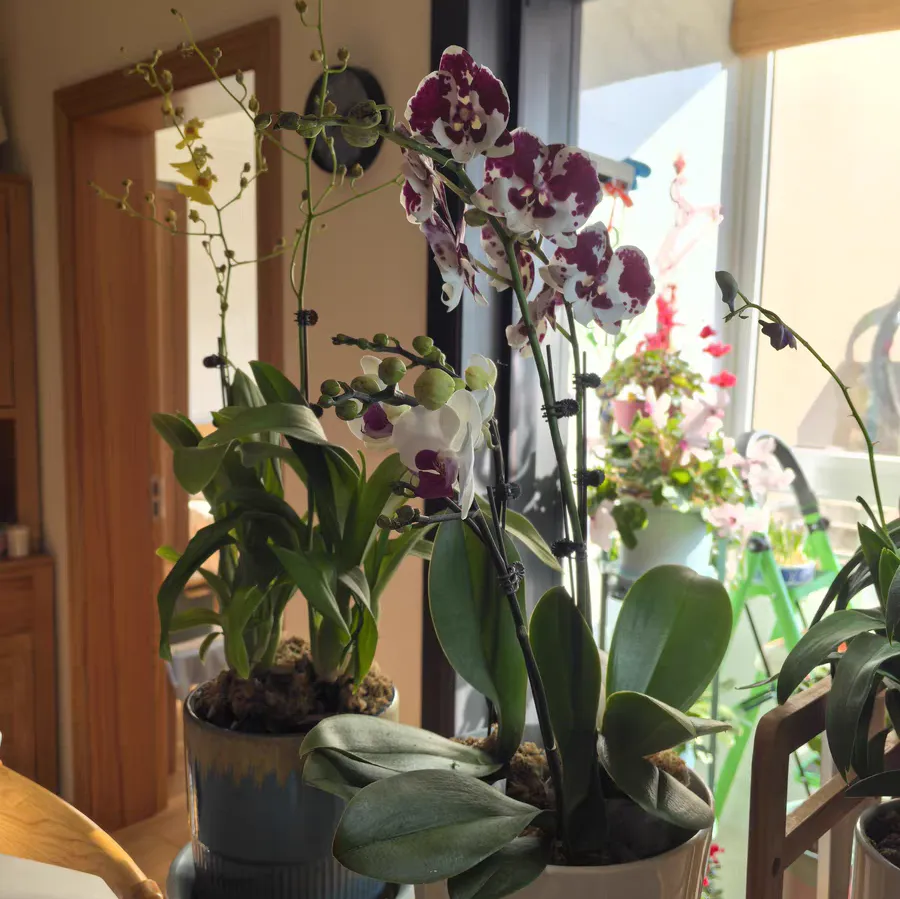Phalaenopsis, with its elegant posture and gorgeous flower colors, has won the affection of many flower enthusiasts. The growth condition of the flower spike directly affects the flowering quality and quantity of the Phalaenopsis. To make the flower spike grow rapidly, it is necessary to take good care of the plant in many aspects, such as light, temperature, nutrition, and moisture.
Light is of particular importance for the growth of the flower spike. Although Phalaenopsis cannot tolerate direct strong light, sufficient scattered light is essential for its growth. It is most suitable to place it beside a bright windowsill indoors where there is no direct sunlight. In autumn and winter, when the sunlight is mild, the duration of light exposure can be appropriately increased, allowing the plant to fully bathe in the sunlight and carry out photosynthesis, accumulating energy for the growth of the flower spike. However, in summer, when the sunlight is intense, it is necessary to provide shade for the Phalaenopsis to prevent the leaves and flower spike from being sunburned.
Temperature also has a significant impact on the growth of the flower spike. During the stages of flower bud differentiation and flower spike growth of Phalaenopsis, the most suitable temperature range is between 15 and 25 degrees Celsius. In autumn and winter, it is necessary to try to maintain the indoor temperature within this range. If the temperature is too high, the plant is likely to grow excessively, affecting the normal formation and growth of the flower spike. If the temperature is too low, the growth rate of the flower spike will slow down, and it may even suffer from frost damage.
Nutrients are the foundation for the rapid growth of the flower spike. In the early stage of flower spike growth, a compound fertilizer with a balanced proportion of nitrogen, phosphorus, and potassium elements can be applied to promote the overall healthy growth of the plant. When the flower spike starts to emerge, it is necessary to promptly switch to a fertilizer with a high content of phosphorus and potassium, such as potassium dihydrogen phosphate. Dilute it and spray it on the leaves or water it at the roots. Apply it once every 7 to 10 days, which can effectively promote the rapid growth of the flower spike and make the flowers bloom larger and more brightly.
Moisture management cannot be ignored either. Phalaenopsis has fleshy aerial roots and prefers a moist environment but is averse to waterlogging. During the growth period of the flower spike, the substrate should be kept slightly moist. You can judge whether it is necessary to water by observing the dryness and wetness of the substrate. Generally, insert your finger about 2 to 3 centimeters deep into the substrate. If it feels dry, water it in a timely manner. When watering, make sure to water thoroughly to avoid watering only half of the substrate. In addition, the air humidity should also be maintained between 60% and 80%. An overly dry environment will affect the normal growth of the flower spike. You can spray water around the plant or use a humidifier to increase the air humidity.
In addition, it is necessary to regularly check the condition of the plant and promptly trim yellow and diseased leaves to avoid unnecessary consumption of nutrients. As long as you master these key points and take care of the Phalaenopsis patiently and carefully, you can make the flower spike of the Phalaenopsis grow rapidly.
How can the flower spikes of Phalaenopsis grow faster?

Share with
Tagged in :




Leave a Reply